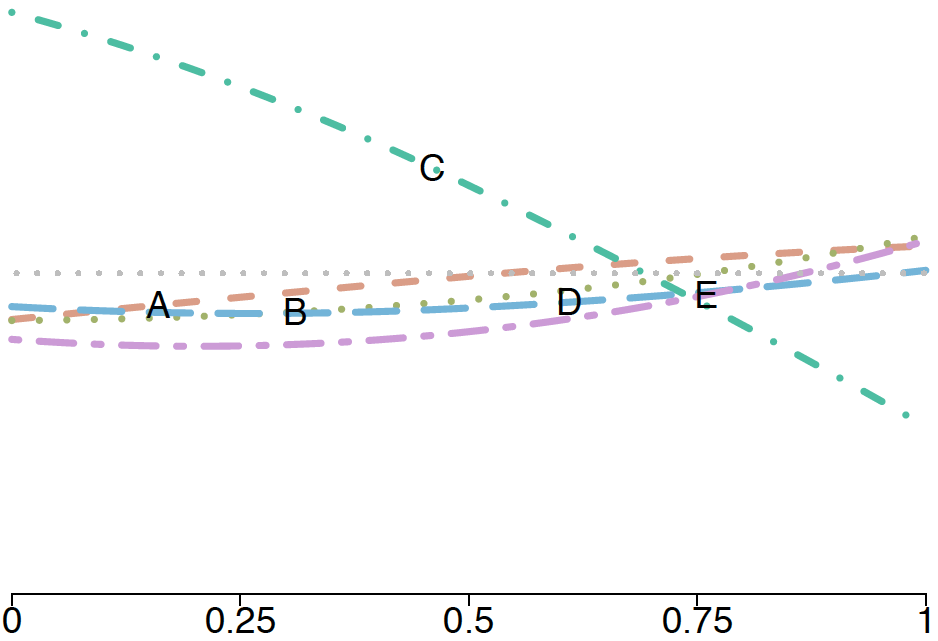Abstract
The Pneumonia Etiology Research for Child Health (PERCH) study seeks to use modern measurement technology to infer the causes of pneumonia for which gold-standard evidence is unavailable. Based on case-control data, the article describes a latent variable model designed to infer the etiology distribution for the population of cases, and for an individual case given her measurements.We assume each observation is drawn from a mixture model for which each component represents one disease class. The model conisidered here addresses a major limitation of the traditional latent class approach by taking account of residual dependence among multivariate binary outcomes given disease class, hence reducing estimation bias, retaining efficiency and offering more valid inference. Such “local dependence” on each subject is induced in the model by nesting latent subclasses within each disease class. Measurement precision and covariation can be estimated using the control sample for whom the class is known. In a Bayesian framework, we use stick-breaking priors on the subclass indicators for model-averaged inference across different numbers of subclasses. Assessment of model fit and individual diagnosis are done using posterior samples drawn by Gibbs sampling. We demonstrate the utility of the method on simulated and on the motivating PERCH data.
Keywords Bayesian methods; Case-control studies; Local dependence; Latent class model; Measurement error; Disease etiology.
